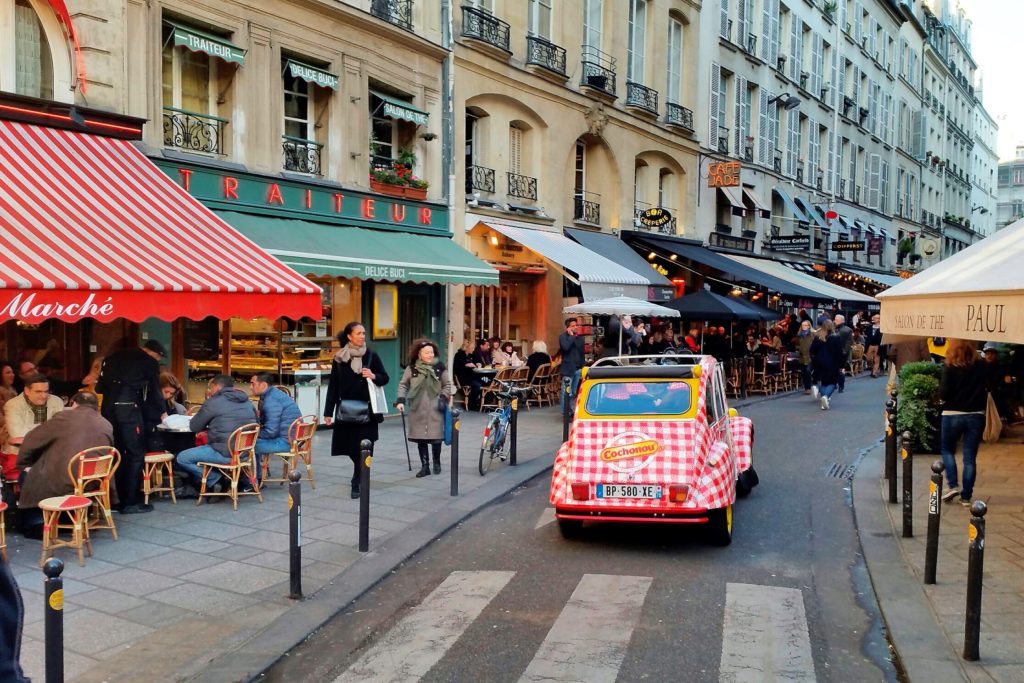
In ancient Rome, the Caesars practiced a special form of punishment on political rivals whom they did not want (or could ill-afford) to have executed, but whom they wanted to be rid of. The punishment: EXILE.
The most famous recipient of this brand of imperial justice was Augustus Caesar’s own daughter, Julia.
For her treacherous and lecherous behavior* she was exiled to the tiny island of Pandatoria (Present day Ventotene); a volcanic rock just off the Italian coast, less than 2 miles long and 800 meters wide, with a total area somewhat less than 7/10 of a square mile. For 5 years she paced its lonely beaches before eventually being allowed to return to the Mainland.
Not long ago I found myself in conversation with an attorney friend whose interest in Antiquity rivaled my penchant for Paris. The topic of Roman exile came up and over a glass of wine my pal posed the following question: If I were to be exiled to a tiny geographic plot for the rest of my life, but unlike Julia I could select the venue, where would I choose to be?
By the end of that bottle of wine I had settled on my answer. If I were exiled to one square mile of terra firma for the rest of my life, I would choose the Sixth Arrondissement of Paris.
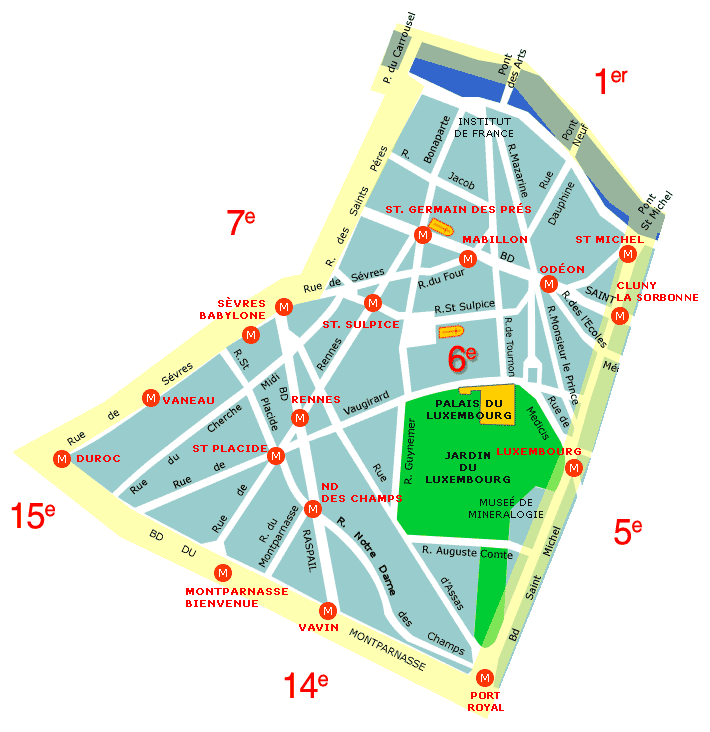
For those who are partisan devotees of other sections of the City of Light, please know that my decision was not an easy one. I absolutely love the Fourth Arrondissement, home of the Marais and Ile St-Louis. Nor can I imagine Paris without the monumental Right Bank districts of the First, Second and Ninth. And to never again experience the bohemian haunts of the Fifth, the Golden Triangle of the Eighth or the patrician boulevards of the Sixteenth causes angst of the first order. It is not a snub of these districts but rather a tribute to the Sixth that I would forego their myriad pleasures for the charms of St-Germain-des-Prés and its surroundings.
The allure and magic of the Sixth is palpable. Even its street names exude a whimsical charm – Rue des Canettes (Street of the Ducklings), Rue des Quatre Vents (Street of the Four Winds), Rue Princesse (Princess Street) and Rue des Beaux Arts (Street of Fine Arts). Other place names pay tribute to the learned fathers of the abbey of Saint-Germain-des-Prés (Rue Mabillon and Rue Clément), or to famous French playwrights on the streets that radiate from the Odéon Theater (Rue Racine, Rue Corneille, Rue Casimir Delavigne).
Superimposed upon this warren of narrow 16th, 17th and 18th-century streets and alleys is the 19th-century grid of Baron Haussmann’s boulevards. Two of these broad thoroughfares, Blvd. Saint-Michel and Blvd. du Montparnasse, form the eastern and southern borders of the district, and Blvd. Saint-Germain bisects the arrondissement from east to west, separating the abbey’s neighborhood on the north from the parish of Saint Sulpice and the Luxembourg Gardens to the south.
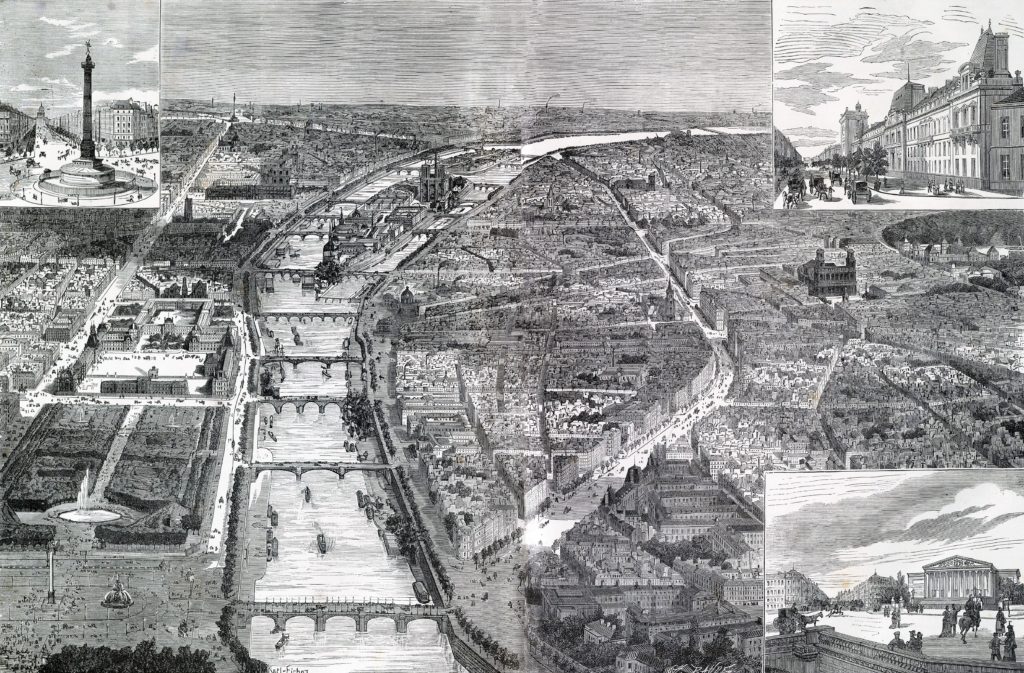
Patrolling the Perimeter:
Shaped like a slightly irregular rectangle, the Sixth enjoys prime riverfront property on it’s northern side, rubs shoulders with the historic Latin Quarter on the east, abuts the bustling Montparnasse quarter along it’s southern edge, and melds with the aristocratic and embassy-laced Seventh Arrondissement on its west side.
In my hypothetical exile, I’d be confined to the area within the boundaries of this quadrangle and could only gaze longingly at the many landmarks visible from the edge of the Sixth. But the real visitor is able to venture across these borders to sample the sights inside and outside the arrondissement.
The following is a montage of some, but certainly not all, of the landmarks visible along the four sides of the Sixth’s perimeter:
THE NORTHERN SIDE: The Seine
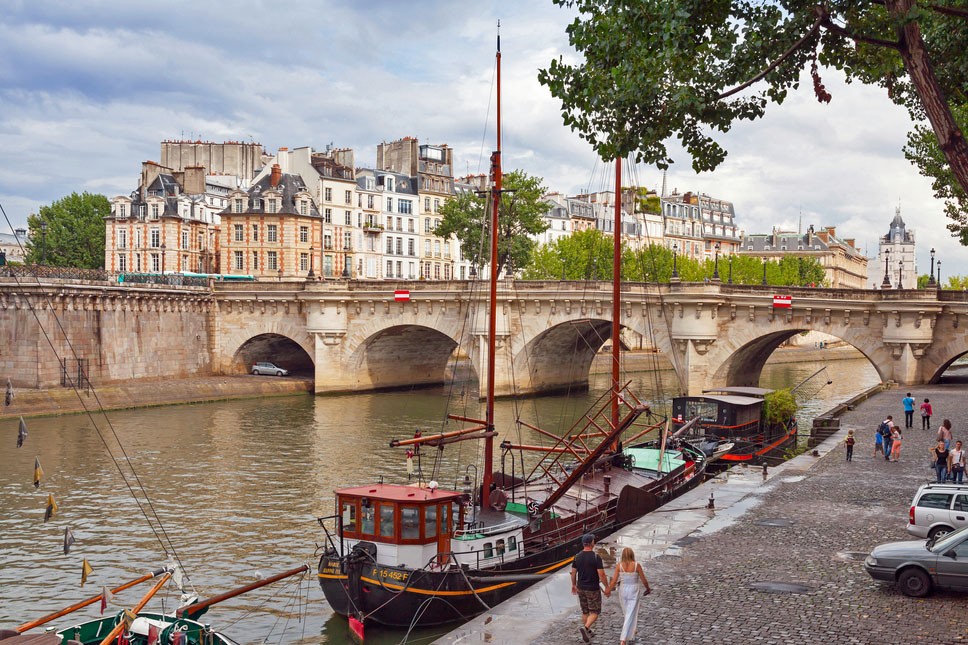
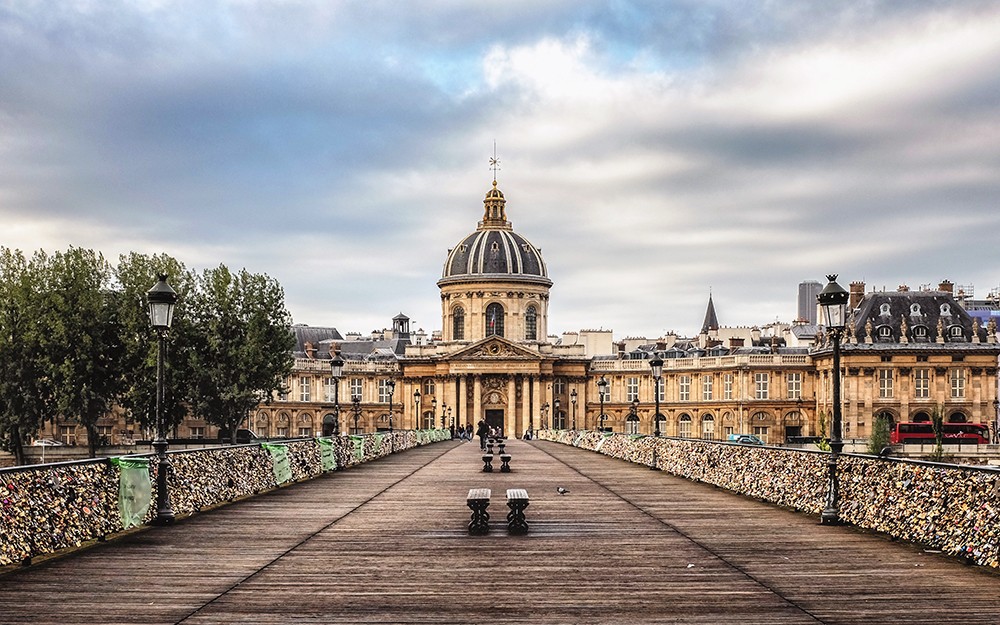
THE EASTERN SIDE: Blvd. Saint-Michel
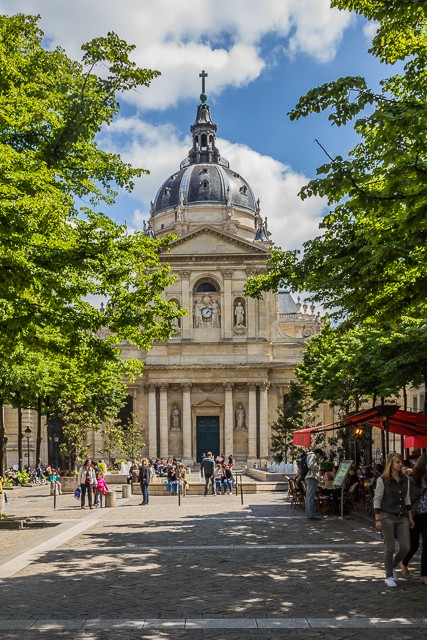
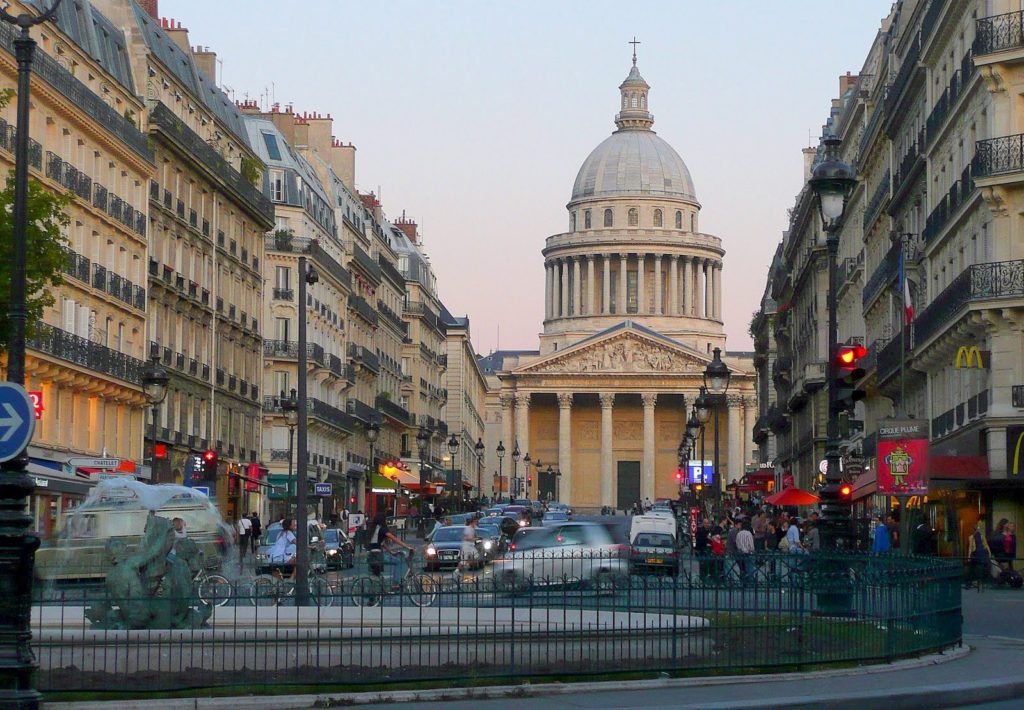
THE SOUTHERN SIDE: Blvd. du Montparnasse
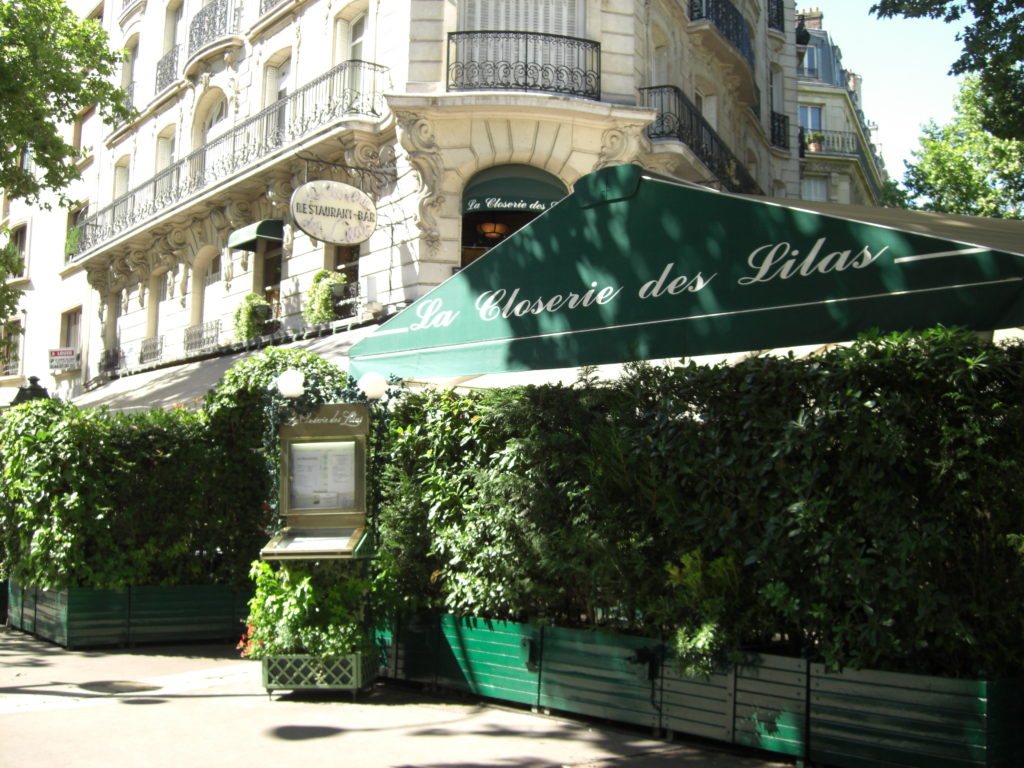
Blvd. du Montparnaasse was the center of “Lost Generation” social life during the 1920’s and 30’s. The action centered around the five legendary cafes, bistros and brasseries, collectively known as “Les Montparnos” – The Closerie des Lilas (Founded 1843), Le Dôme (1897), La Rotunde (1911), Le Select (1923) and La Coupole (1927). All located in close proximity to each other on Blvd du Montparnassse, they played host to everyone from Lenin to Hemingway, Josephine Baker and Picasso. Le Dôme took its name from the Haussmann-style dome above its corner entrance and in an odd form of flattery by imitation, La Rotunde (The Rotunda) and La Coupole (The Cupola), take their names from synonyms of the word “dome”.
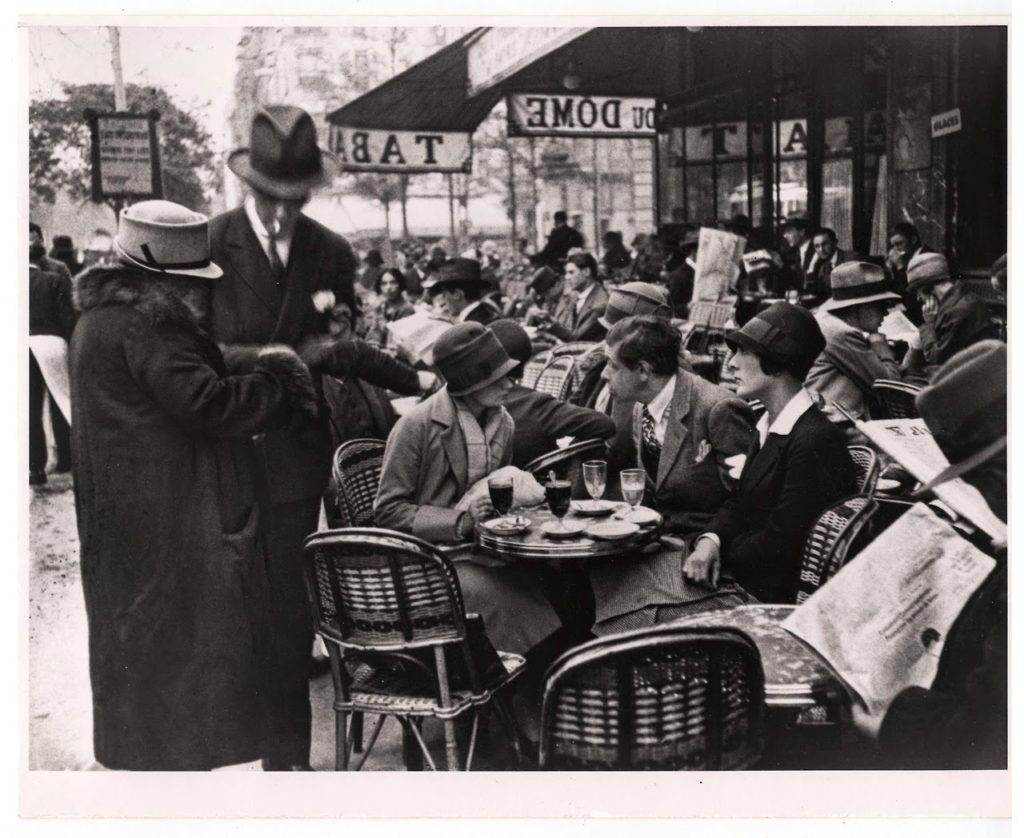
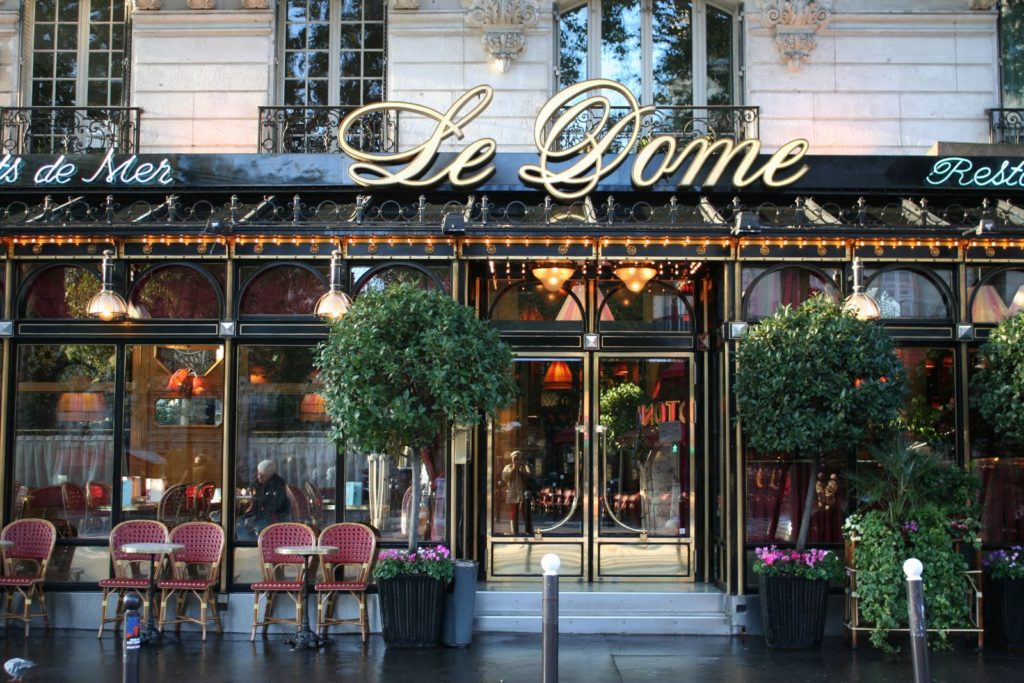
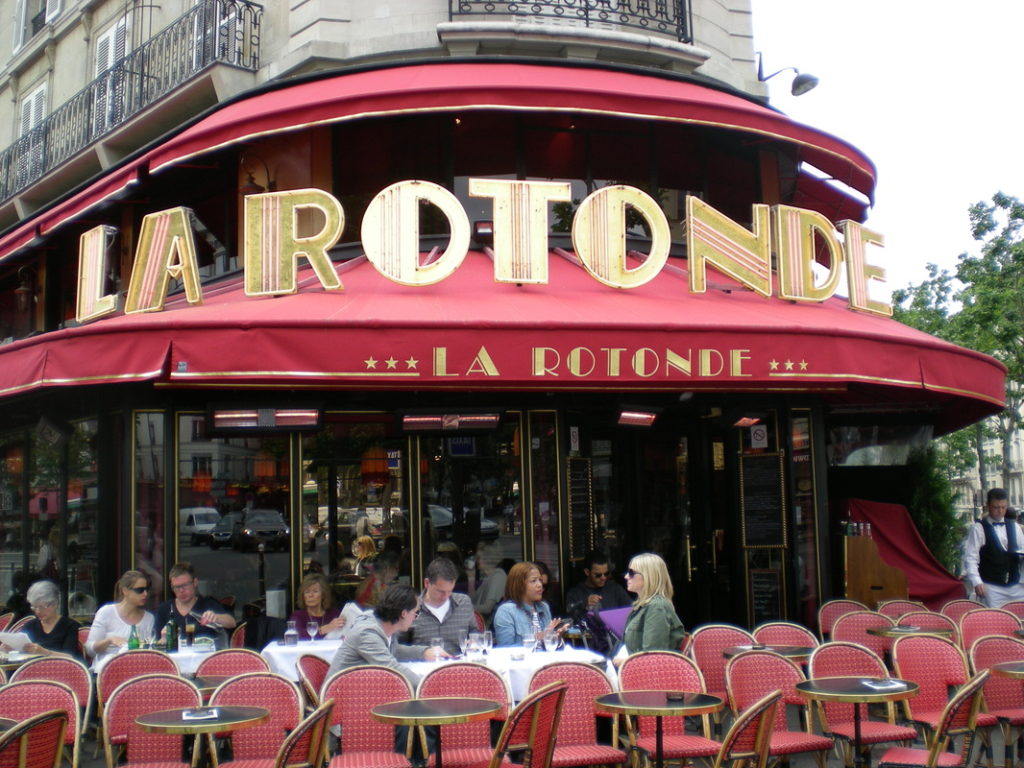
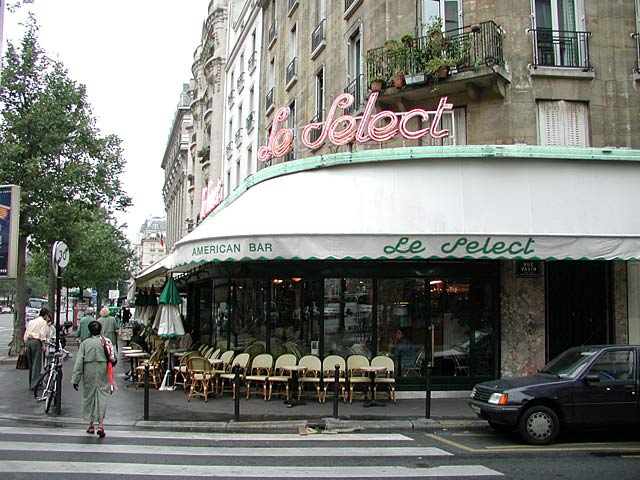
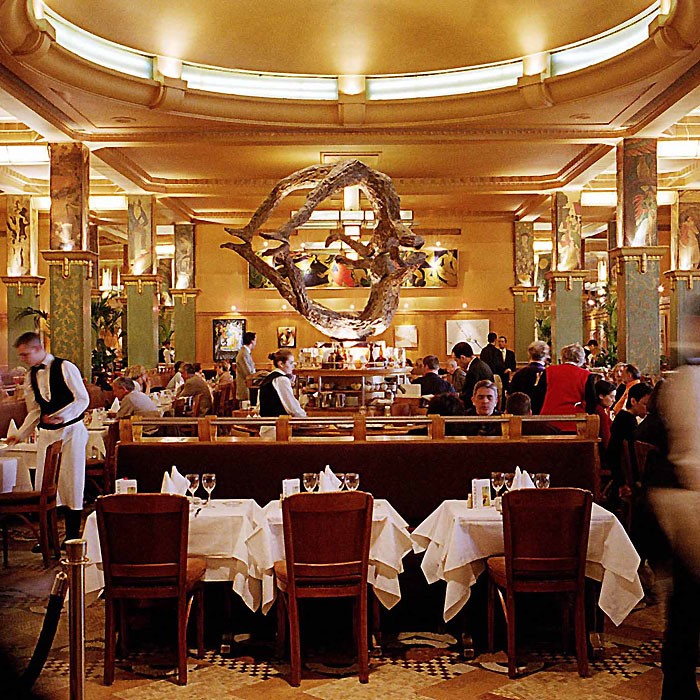
THE WESTERN SIDE: Rue de Sèvres & Rue des Saints-Pères
The western edge of the Sixth traces the slanting Rue de Sèvres from the intersection of Blvd. du Montparnasse and then turns due north along Rue des Saints-Pères to the River. The Rue de Sèvres section contains a number of renowned landmarks, most especially a famous Department Store and a Grand Hotel.
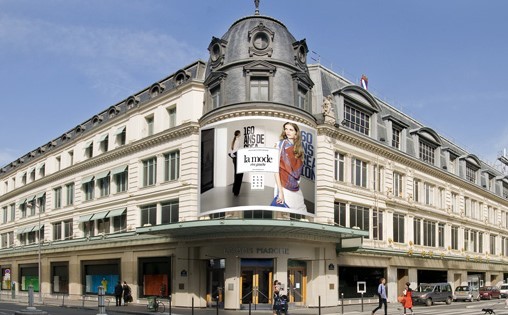
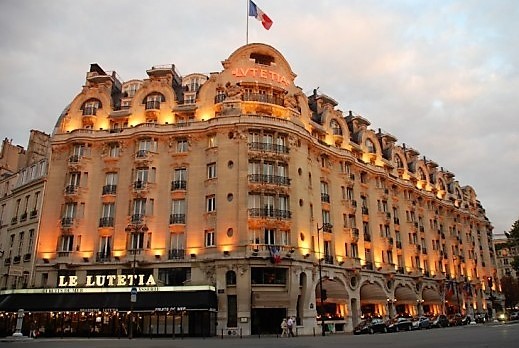
The narrow Rue des Saints-Pères, like the neighboring streets in the vicinity of the St-Germain-des-Prés abbey, is centuries old. It was originally a cow path that led medieval livestock from the river to the abbey. Now it boasts some of the best high-end antique shops in the city as well as a few wonderful boutique hotels and specialty shops.
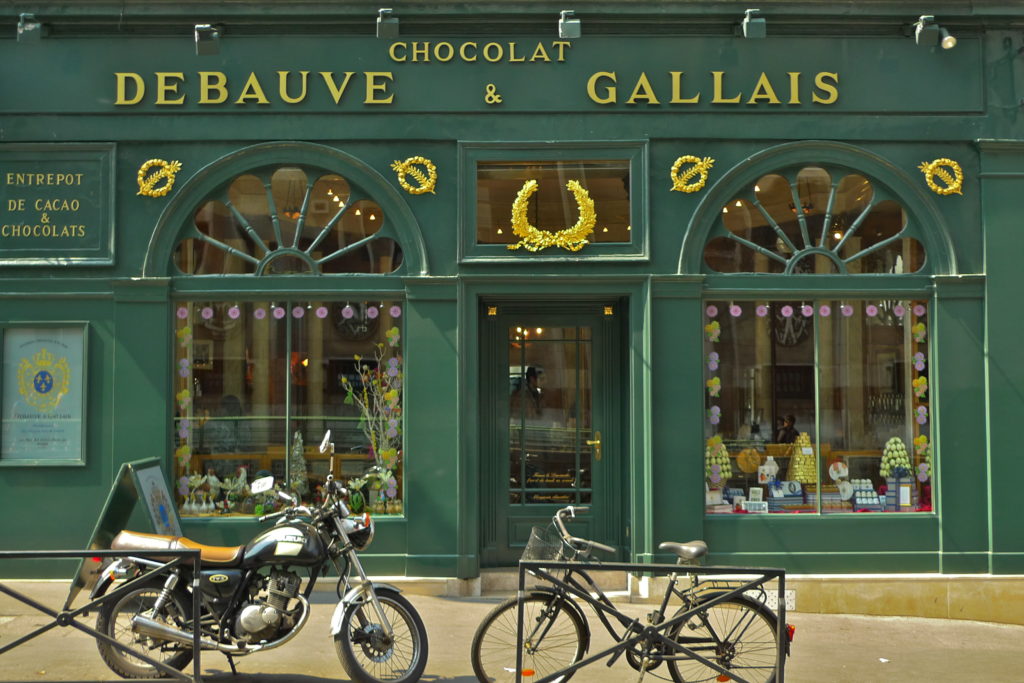
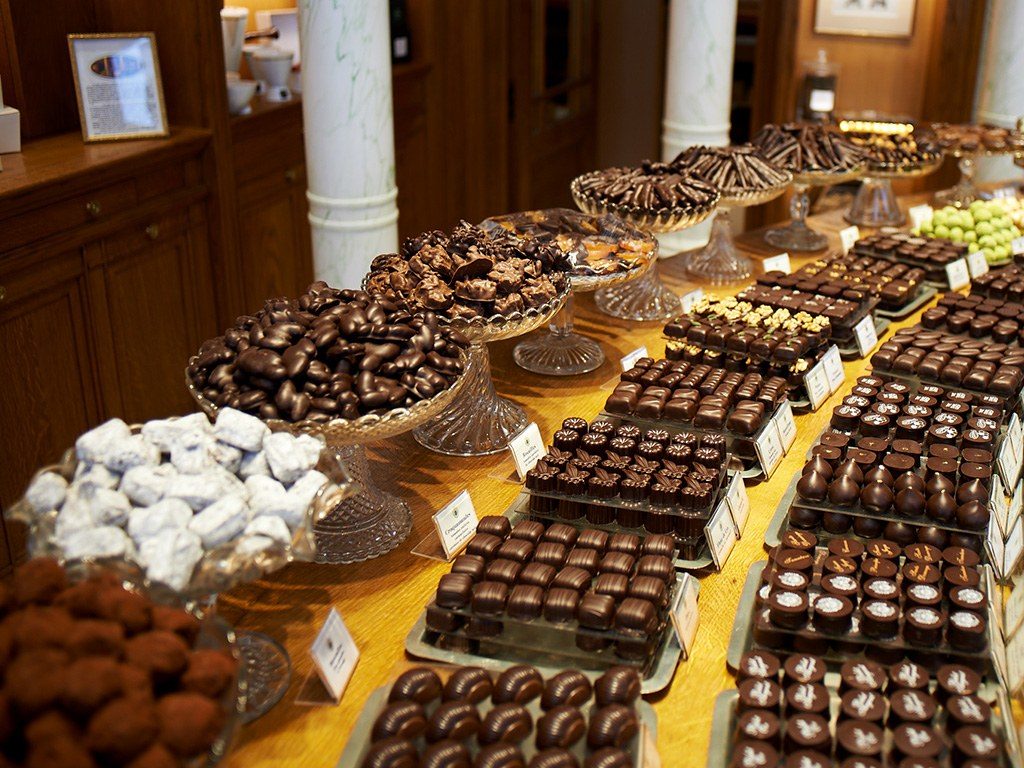
Exploring the Interior:
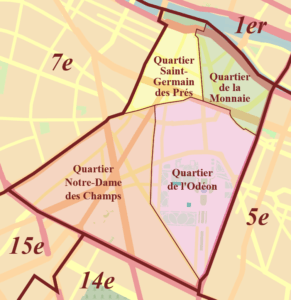
Now that we’ve staked out the boundaries of the Sixth, watch for upcoming articles (scattered among other posts) in which we’ll take an in-depth look at each of its four principle neighborhoods, their shops, their dining spots and hotels, and their places of interest. I hope you’ll follow along and in the end come to agree with me that this is indeed a square mile to keep one happy for a lifetime. Please stay tuned.
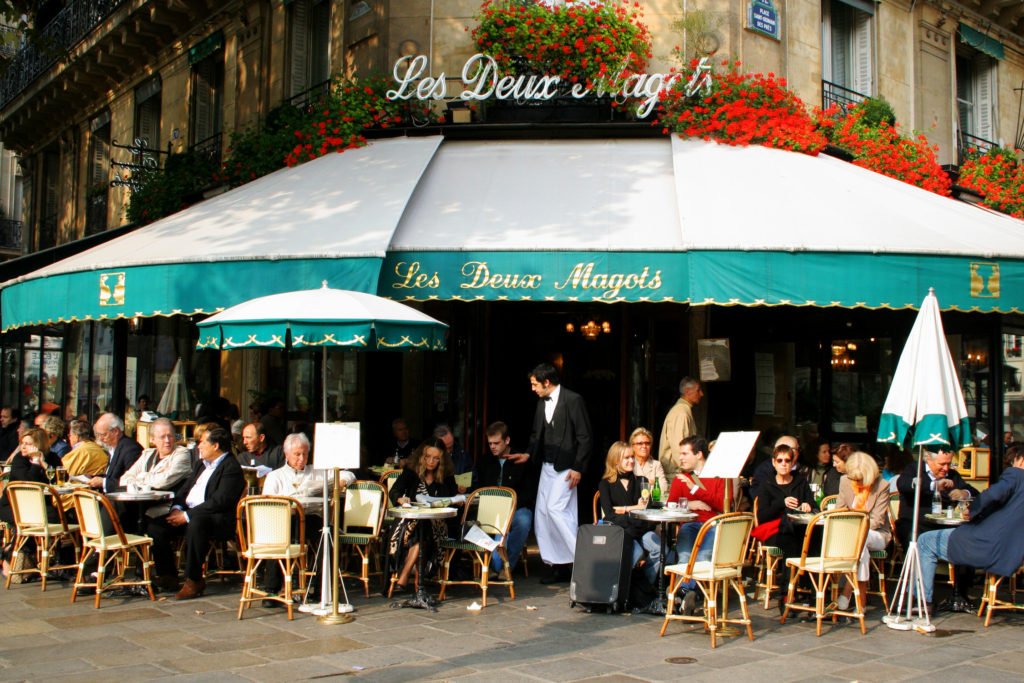
* Julia was condemned to exile on charges of adultery, prostitution and general promiscuity. Her suspected involvement in plots against her father, Augustus, and her husband, the future emperor Tiberius, didn’t help her cause either. Her five year exile to the tiny island of Pandatoria was not the end of her troubles. She then remained under virtual house arrest on the southern tip of the Italian boot and when her father died, the new emperor, Tiberius, exacted his vengeance by having her slowly starved to death in AD 14.
- Ernest Hemingway
- Lost Generation
- Paris
- Paris History
- Paris Restaurants
- Paris Tours
- Paris Vacations
- Saint Germain Des Pres
4 thoughts on ““Exiled” in St-Germain – Part I”
Comments are closed.

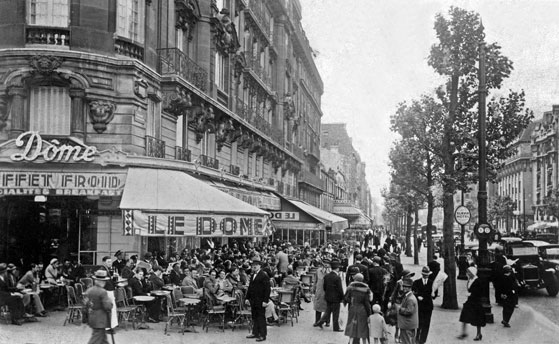

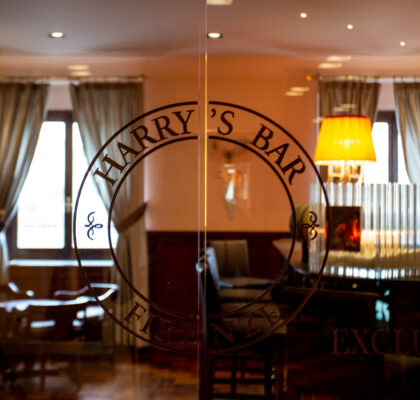

I only know Paris as a “City” in whole. To pick out districts is merely a pipe dream for me. I figure it would take numerous visits of which my two do not qualify. But nonetheless I am so proletariat I romanticize about the Avenue Champs Elysées and the Champ de Mar …….
Wm. E. Taylor
Hi Bill, Just take it one Arrondissement at a time . . . How about you and I checking out a couple of districts sometime in 2017? The two of us would cut an impressive swath through the City of Light; its not often they see two Seven-Footers strolling the Boulevards 🙂
Mike I loved this post! It made me wonder where I would choose to be exiled. Will have to take it under advisement for a while while I consider the options!
Hi Shelley, Yes, it conjures up an interesting question – WHERE would each of us choose to be exiled in this instance?
Not an easy decision for most of us – There were a number of places in the USA that were in the running as well as several places in Europe, but as I work on the next installments of this article I become more convinced that Saint-Germain-des-Pres is the right decision, for me at least.